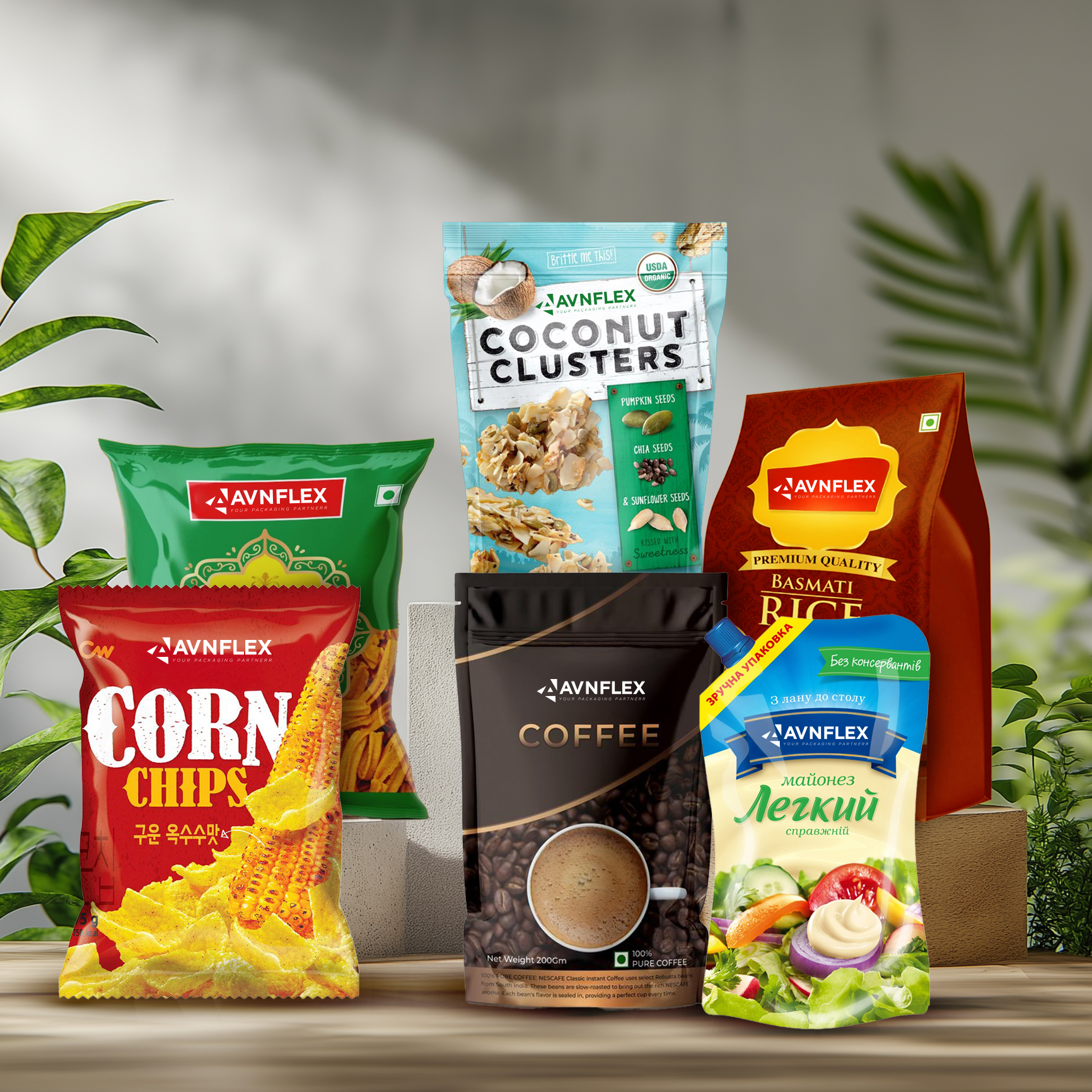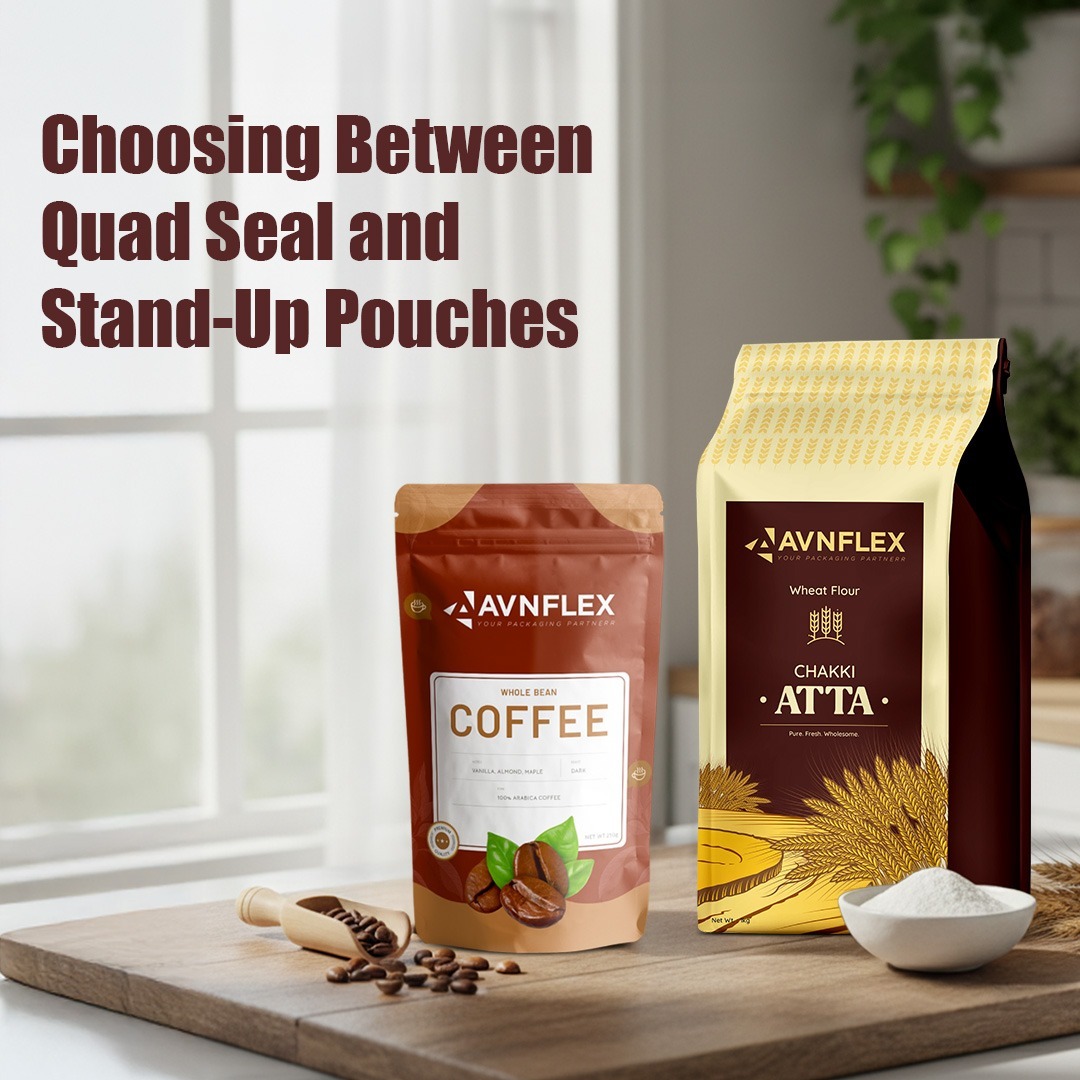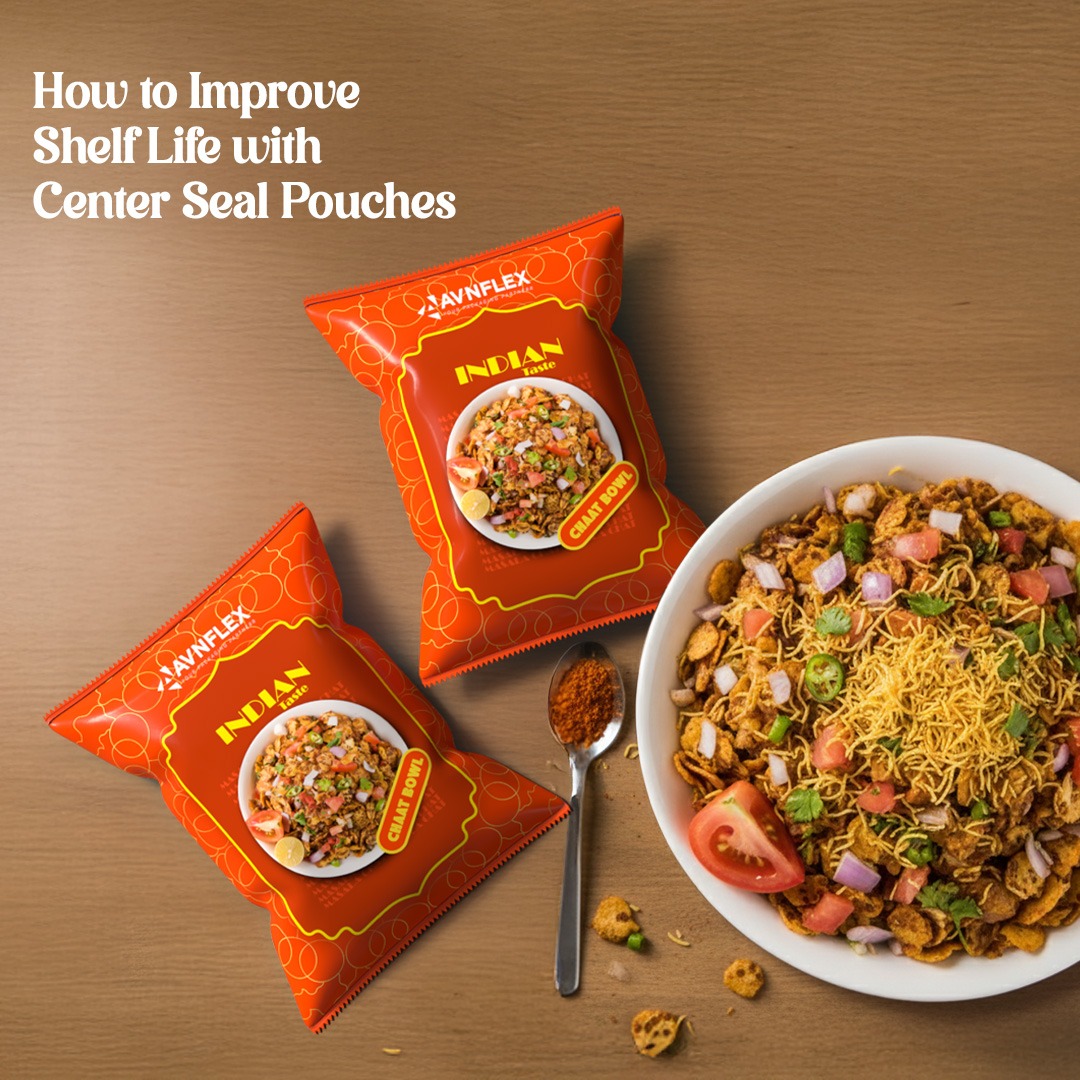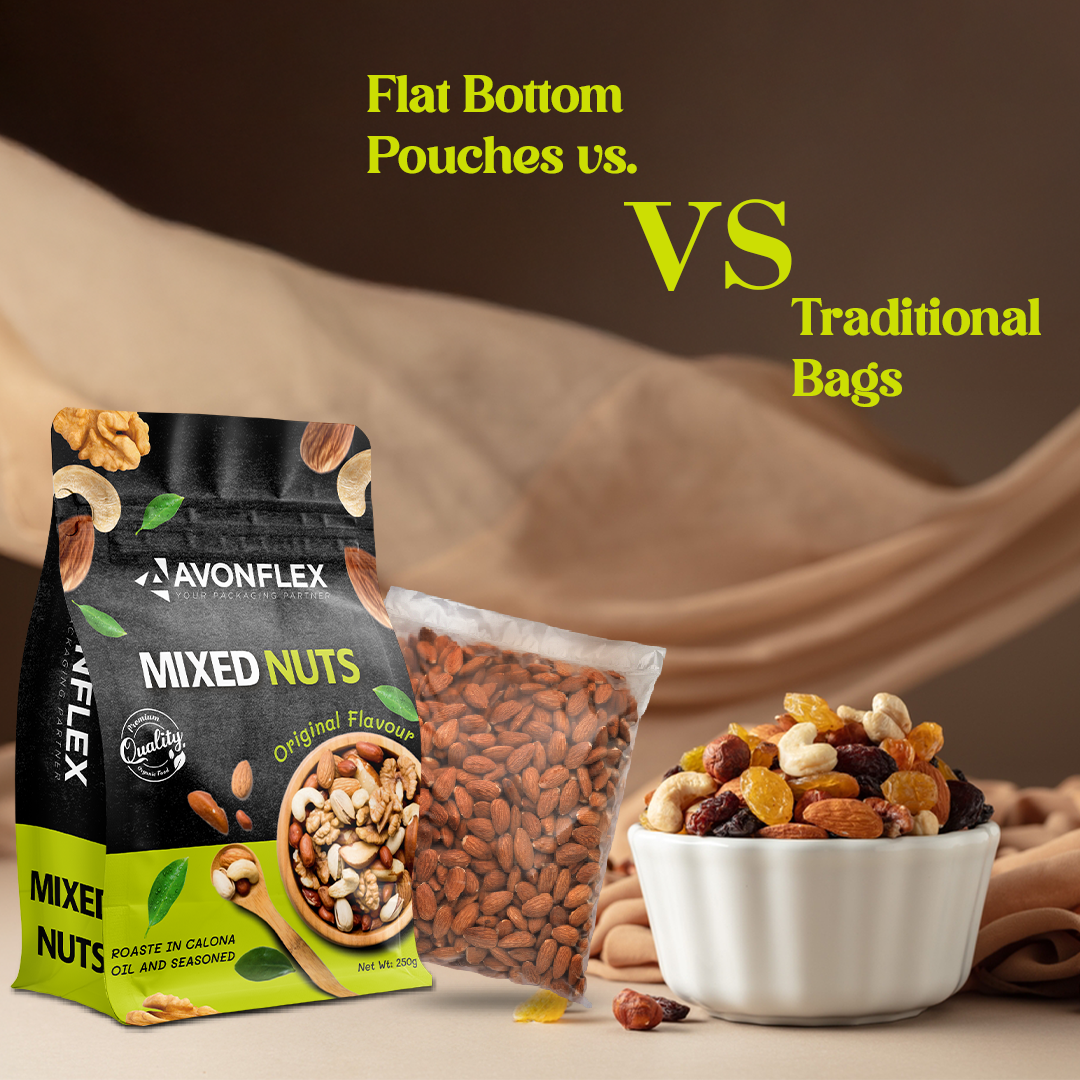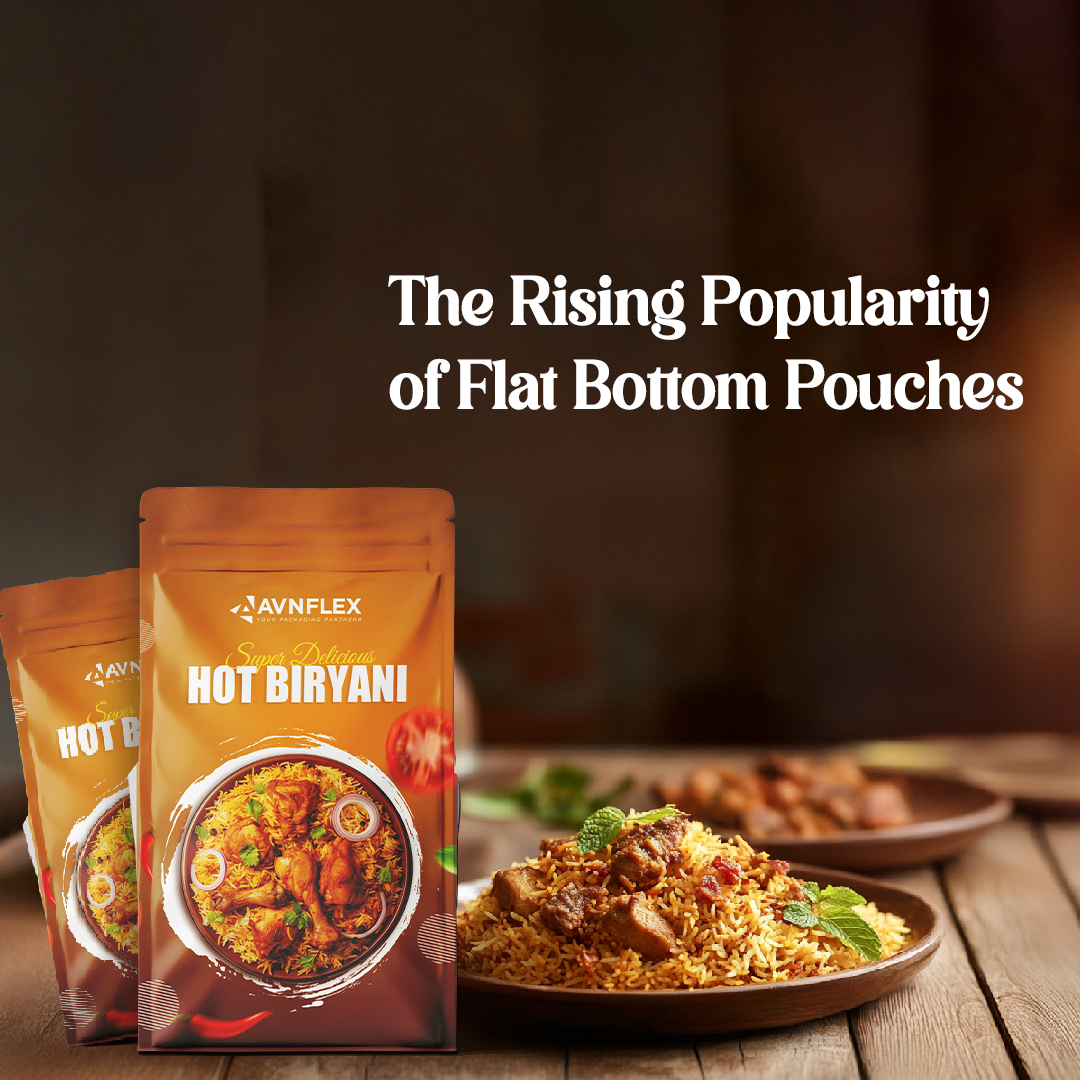When we talk about various flexible packaging options, it can definitely be said that flexible center seal pouches rank high in terms of design, seal integrity, and cost. All of this can be put under the ambit of storing, displaying, and consuming products, which pretty much sums up how flexible packaging has changed the game along all axes.
Therefore, it becomes imperative to understand where center seal pouches make a statement, especially when competing with other flexible formats such as side seal pouches, stand-up pouches, or gusset pouches.
Understanding Center Seal Pouches
Center seal pouches (also called back seal pouches) do have a single vertical seal at the back, but the bottom is usually pre-sealed, and only the top remains open for filling and sealing. This way, the smooth, uninterrupted surface of the front and back panel serves as an important branding tool while granting considerable resistance to moisture, oxygen, and other extraneous contaminants. When flat and compact, these packs will provide the best storage and transport economies.
Center Seal Pouches vs. Side Seal Pouches
Side seal pouches are sealed on the left and right sides and generally find their applications in single-use or small packs. Pharmaceutical sachets, small snack packs, or trial-size products are typically encased in this type of pouch.
The center seal pouch, on the contrary, is a sturdier, more resistant structure, since the single back seal offers greater barrier protection. This makes it suitable for products with longer shelf lives, like dry fruits, powders, and coffee. Besides, the seamless front
panel of center seal pouches enhances the shelf appeal of branding and design; in contrast, side seal pouches may have branding limitations due to their double-sealed sides.
Center Seal Pouches vs. Stand-Up Pouches
Traditionally, stand-up pouches are designed with a gusset on the bottom as well as a neck, helping them to stand on shelves uprightly. Such features make them popular among liquid packaging, pet foods packaging, and premium yet tasty snacks.
Although stand-up pouches provide excellent visibility and convenience, they are comparatively more costly on account of the amount of extra material input for the gusset and optional resealable zippers, which add to the high production costs involved.
Center seal pouches are examples of cheaper variations when it comes to products that require the product forms not to have resealability features. They have flat and compact shapes with easy storage, transport, and bulk distribution.
Center Seal Pouches Vs. Side Gusset PouchesSide gusset pouches expand at the sides when filled, resulting in increased volume capacity. They are primarily used for coffee, protein powders, pet food, and the like, which require a large volume to be packed but should look classy in all aspects.
However, most applications on side gusset pouches may require extra sealing precautions against leakages that would affect the integrity of the products. Center seal pouches, with their single, reinforced back seal, present themselves as a more secure and durable option for products that do not experience excessive expansion.
Their sleek, compact design makes them ideal for dry goods, snacks, and pharmaceutical products that need a strong, protective barrier without unnecessary bulk.
Why Center Seal Pouches Make Sense
Different packaging makes sense as per product types, branding needs, budget, and function. Center seal pouches balance affordability with protective and branding potential. High-speed efficient production makes production cheaper for businesses looking to grow, and durability keeps products fresh.
As reliable in the flexible packaging sector, center seal pouches are one of the best options left to brands wanting sleek, protective, and effective packaging.
For brands that value sleek, protective, and efficient packaging, center seal pouches remain one of the most reliable choices in the flexible packaging industry.
